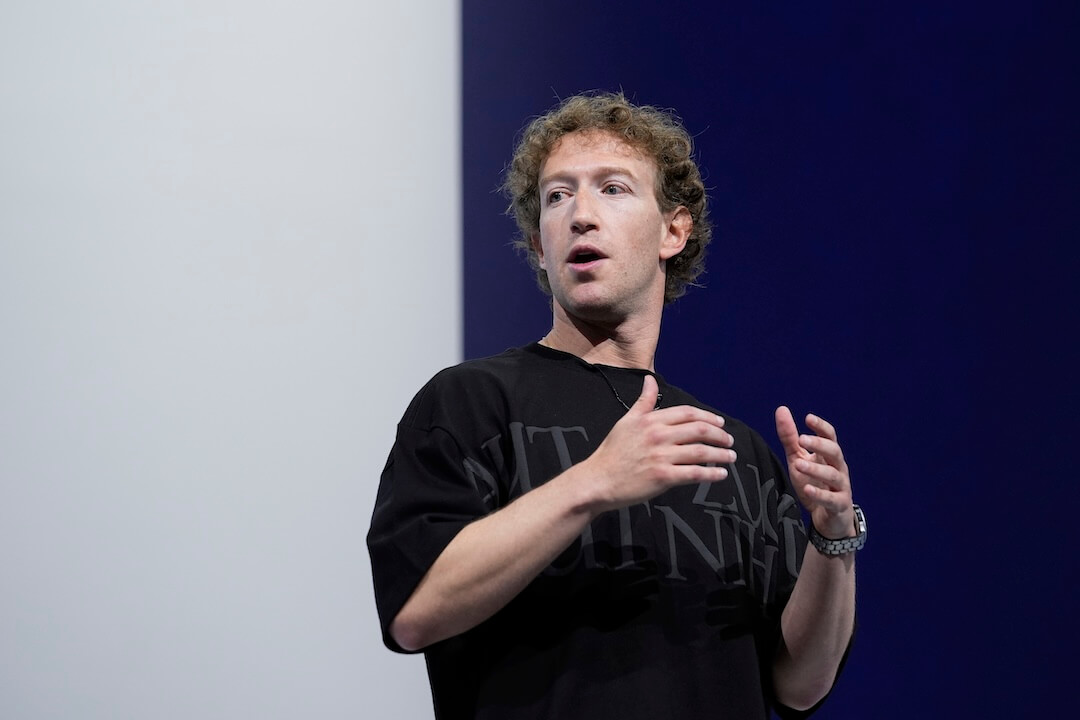Being a millennial Black woman in journalism can feel like a constant uphill battle.
For starters, I’m often prejudged by older generations of editors and publishers with seats at the table before I even walk into the room. They’ve reduced me to what the headlines suggest — an overly ambitious, career-impatient human with little to no work ethic.
Then enters my Blackness, which comes with its own set of predispositions.
And, whew! Don’t let me mention that I’m from the West Side of Chicago: a majority low-income neighborhood called North Lawndale. The red flags instantly go up, signaling that I’m an unintelligent indigent who somehow made it out of my unfortunate environment.
Lastly, because I’m a woman, the possibility of me having anything meaningful or impactful to contribute to the conversation is often dismissed.
But that, among other reasons, is why I started The TRiiBE, a digital media platform that is helping reshape the narrative of Black Chicago through storytelling and art. Our mission is to raise new voices and extend a platform to a generation of readers that has long been overlooked.
Our grandparents had the Chicago Defender to tell their stories during the Great Migration years. John H. Johnson grabbed the baton for our parents' generation with Ebony and Jet magazines.
But for my generation, technology is within arm's reach from the moment we wake up in the morning to the moment we go to bed in the evening. Because of this, we want access to our news online. And because of the ongoing demand for more Black representation in media, we want stories that are specific to our everyday experiences and that are layered with historical facts and trends.
Even when I was covering breaking news at the Orlando Sentinel, I felt a sense of urgency to return home and write stories about the Chicago I knew and loved. I was hundreds of miles away, and when I’d look at the news or tune in to Chicago media on Twitter, it was like I was reading about a foreign landscape — not my hometown.
I grew tired of watching the world use Chicago — specifically Black Chicago — as a code word for all things wrong with Black America.
I grew exhausted with strangers inquiring about how I survived “Chiraq” when I told them where I’m from.
I grew frustrated with all of the international media personalities hosting special broadcasts from the streets of Chicago to further sensationalize the murder rate. It seemed that not enough journalists were actually stepping into the worlds of Black Chicagoans to really see how life is for us.
I wanted to use my reporting skills and Northwestern University journalism degrees to give voice to overlooked and underappreciated people and to tell their stories. I think these stories are too often excluded because, frankly, it takes stepping outside of the ivory newsroom tower and digging deeply into communities to find the gems. It takes more than quick phone calls, but rather a long-term investment of time and energy.
Still, when I returned home, I felt the stories I wanted to write didn’t have a place where they could fit. The larger mainstream print outlets focus on politics and investigations. And when I initially would pitch specific Black Chicago ideas to alternative media, it would take another person of color advocating from the inside or a few rounds of back-and-forth with editors before I received the greenlight.
I also felt that a second Black Chicago Renaissance was — and still is — taking place. Black Chicago musicians, artists and more are getting more national media coverage, yet only a handful of the writers documenting this history are Black and rooted in Chicago.
I wanted to change that.
So while the mainstream media spent the beginning of 2017 putting the body count in every headline, The TRiiBE spent months telling the stories of Black Chicago millennials such as Bre’Anna Jones, who lost her fiance to gun violence in 2016 and now is raising their 4-year-old daughter alone. With our docu-poetry series, “Another Life,” we’ve been staying behind to show our audience just how long-lasting grief, mourning and loss is after the breaking-news dust clears.
And while no mainstream outlet noticed the familiar tune playing in the background of Google Chromecast’s latest TV ad, we called up the Chicago-based Cosmopolitan Church of Prayer and interviewed them about the significance of their legendary gospel hit, “Jesus Can Work It Out,” being heard around the world. It’s one of the most-read stories on thetriibe.com, according to Google Analytics, with more than 23,000 page views — and dozens more still visit the site every time the commercial comes on.
I believe without our site, these stories wouldn’t get told.
Black representation in media not only matters for the audience. It is extremely important for Black writers, videographers and other creatives from Chicago to have a seat at the table because not only does it give us a chance to show off our skills as storytellers, it allows us — as locals — to have ownership of a local story.
For a year, The TRiiBE has been telling Black Chicago’s story with minimal capacity.
And the response has been overwhelming. Nearly every day, my inbox swells with emails from organizations, church groups and local leaders who want coverage. They want to be heard.
Their causes, at times, seem too small for mainstream media outlets. But for us, they are the very reason we exist.
For us, they are part of our tribe.
* * *
WANT TO HELP?: The TRiiBE is fundraising at this site.






